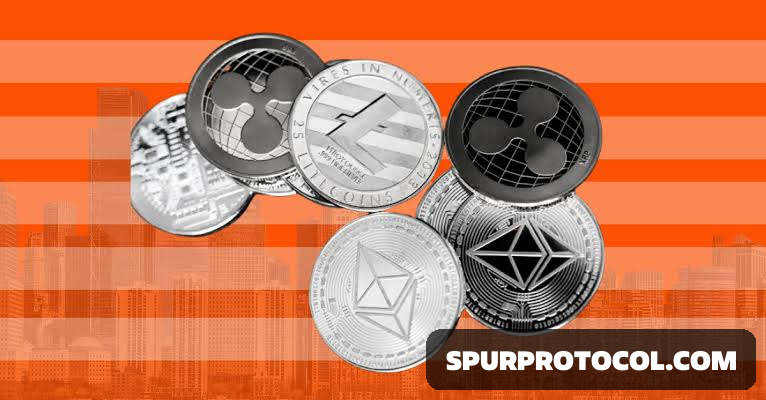THE MONEY THAT FUELS THE CRYPTOCURRENCY BULL RUN
THE SOURCES OF FUNDS THAT FUELS THE CRYPTOCURRENCY BULL RUN 💪
Go Back

🕒 4:29 AM
📅 Jan 24, 2025
✍️ By Princeland
The money that fuels a cryptocurrency bull run comes from several sources, often creating a feedback loop of rising prices and increasing interest. Here's a breakdown:
1. New Retail Investors
During a bull run, media coverage and social media hype attract retail investors. Many are first-time crypto buyers looking to capitalize on rising prices.
These investors use fiat currency to purchase crypto, injecting new money into the market.
2. Institutional Investors
Large institutions like hedge funds, asset managers, and corporations often enter during bull markets, deploying significant amounts of capital into crypto assets like Bitcoin or Ethereum.
Institutional money brings legitimacy and liquidity to the market, often spurring further price increases.
3. Speculation and FOMO
Fear of Missing Out (FOMO) plays a big role as people buy assets purely to profit from rising prices.
This speculative activity drives prices up quickly, encouraging more participants to join in.
4. Reinvestment of Gains
Early investors or traders often reinvest their profits into other cryptocurrencies or projects, fueling growth across the market.
Gains from one token or project are frequently used to speculate on smaller, lesser-known coins.
5. Venture Capital and Project Funding
Startups and blockchain projects raise funds through initial coin offerings (ICOs), token launches, or venture capital. This adds liquidity and often leads to broader market growth.
6. Leverage and Margin Trading
Many crypto exchanges offer leverage, allowing traders to borrow money to increase their positions. This inflow of borrowed funds can amplify price movements during bull runs.
However, it also increases volatility, as liquidations can cause sharp corrections.
7. Global Adoption and Payment Systems
Growing adoption of cryptocurrencies as a payment method, or as a store of value, increases demand.
Partnerships with payment platforms, DeFi (Decentralized Finance) growth, or institutional services like ETFs also bring in more money.
8. Increased Liquidity and Ecosystem Growth
As crypto infrastructure matures (e.g., better exchanges, wallets, and DeFi platforms), it's easier for people to invest, leading to more money entering the ecosystem.
9. Market Cycles and Halving Events
Bitcoin’s programmed halving events (every 4 years) reduce the supply of new coins, creating scarcity and potentially triggering a bull run as demand increases.
Market cycles are often self-fulfilling, with traders anticipating bull runs following these events.
10. External Economic Conditions
Loose monetary policies (e.g., low-interest rates, money printing) can drive investors to seek alternative assets like crypto as a hedge against inflation.
Global economic uncertainty or mistrust in traditional financial systems can also push people toward decentralized assets.
In summary, a combination of new money from retail and institutional investors, reinvestment of gains, speculation, and broader adoption drives the money that fuels a cryptocurrency bull run.

